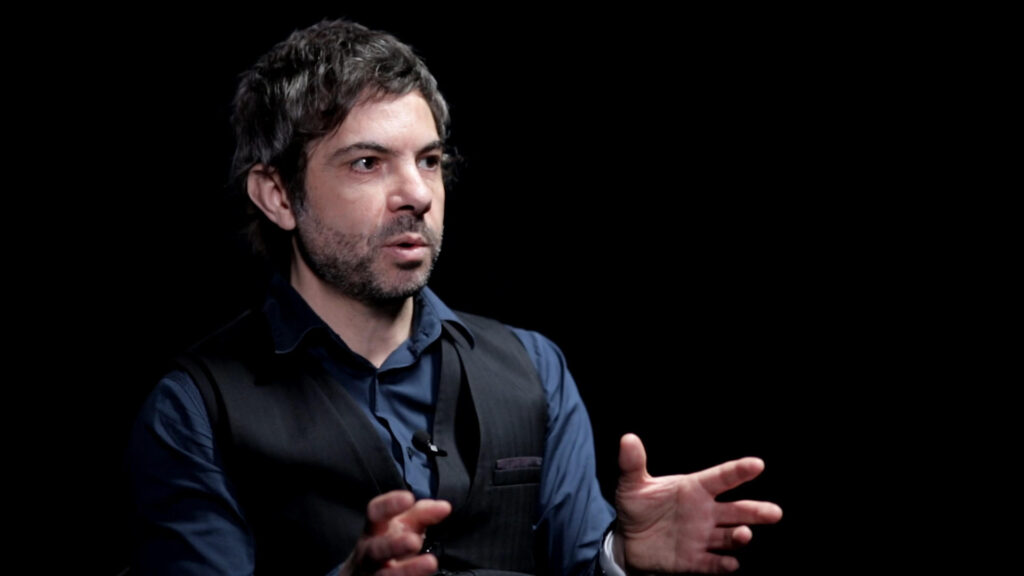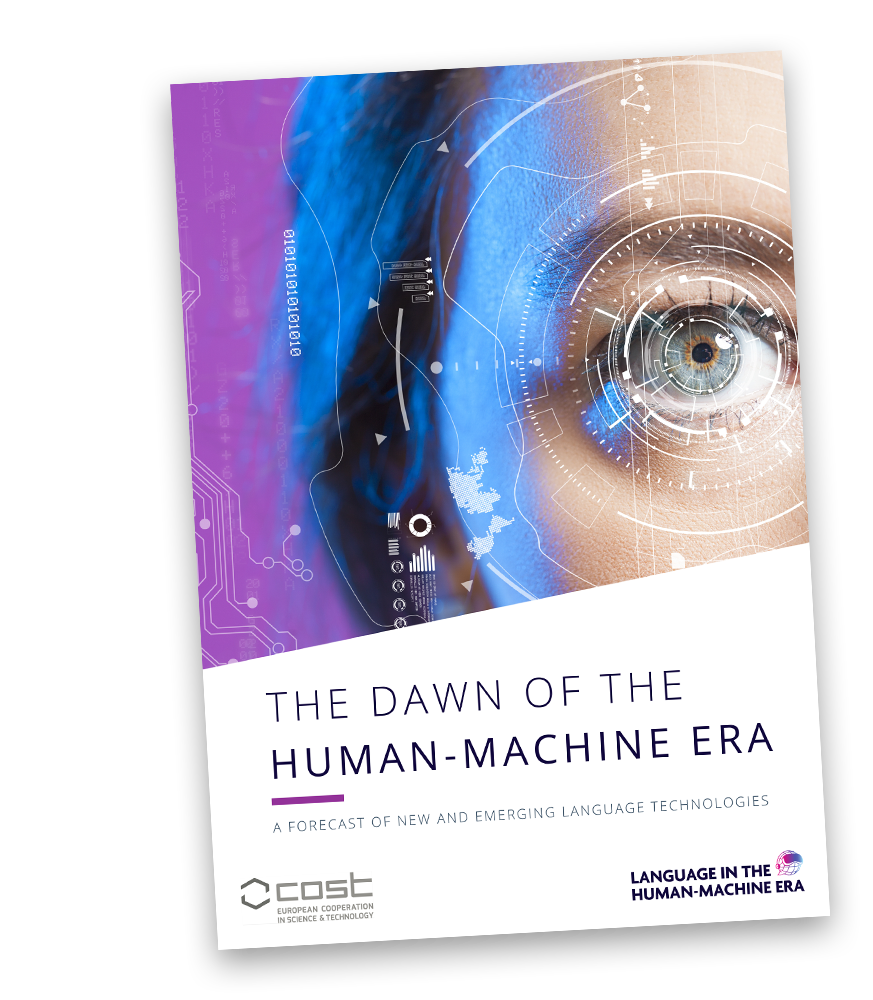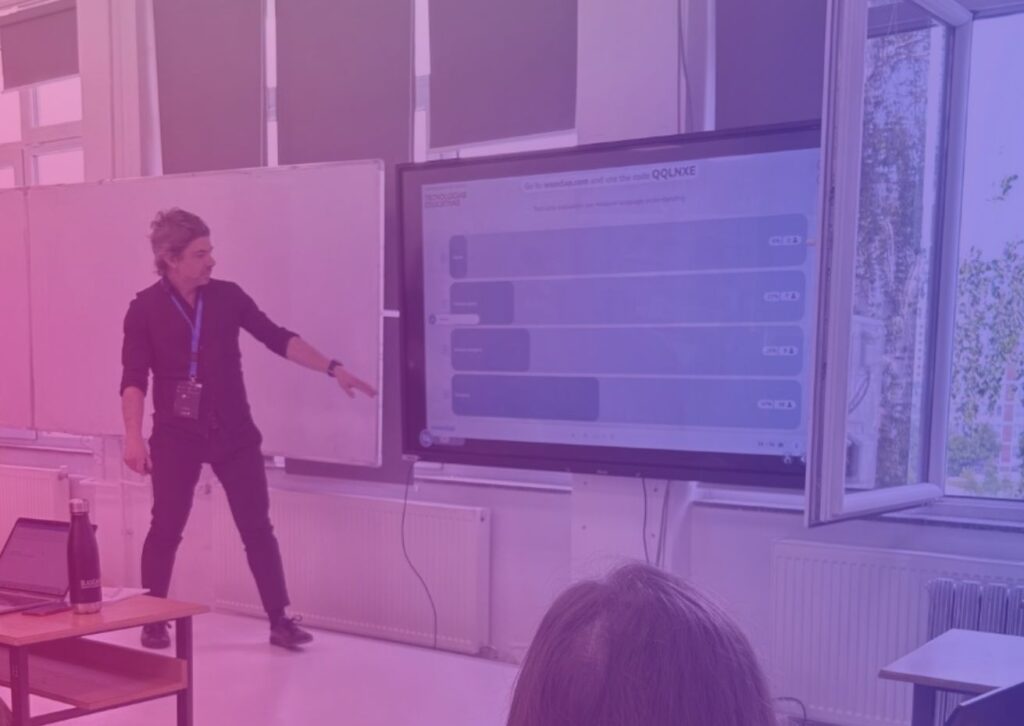Who are you, where do you work and what are your current research interests?

I am Rui Sousa-Silva, an Assistant Professor of the Faculty of Arts and Humanities (FLUP) and senior researcher of the Centre for Linguistics of the University of Porto (CLUP). I am also the scientific coordinator of CLUP and member of the ethics committee of FLUP. My research interests focus mostly on forensic linguistics and computational linguistics, in particular on authorship analysis, plagiarism detection, analysis of cybercriminal communications and disinformation detection, in addition to computational forensic linguistics.

I am Henrique Lopes Cardoso (University of Porto), an Associate Professor at the Faculty of Engineering of the University of Porto and a senior researcher at the Artificial Intelligence and Computer Science Lab. I work mostly on Natural Language Processing (NLP), in particular on training and applying (large) language models to several NLP tasks, including argument mining, question generation, biomedical information extraction, paraphrase generation, and low-resource machine translation
How did you get involved with LITHME network?
Rui had an interest in LITHME from the beginning and had trouble choosing his favourite working groups. Hence, he prioritised three of them: Computational Linguistics,Language and the Law; and Language Work and Language Professionals. Eventually, the Computational Linguistics chairs left and after a selection process, Rui was selected as the new chair. “Being a part of LITHME as the WG1 chair has been one of the highlights of his research career”, says Rui.
By the end of the 1st grant period, Rui had contacted Henrique about the Action and invited him to come along as a vice-chair for WG1. Henrique: “I thought the Action was appealing and well-articulated, and I agreed!”
How has LITHME impacted your research?
LITHME has allowed us to increase our research network and to fruitfully work with colleagues from other research groups and complementary fields. It has also allowed us to broaden our scope on how we look at computational linguistics as a discipline. The ability to liaise with researchers who conduct top-notch, fascinating work, both within the LITHME network and with other invited participants, has been a fantastic journey – and more is to come.
Mention one thing you would like everyone to know about Computational linguistics in language technologies?
Computational linguistics is at the heart of building and deploying language technologies, but it needs to incorporate insights from other language-related research, too. This is even more relevant in the human-machine era. That is why the Computational Linguistics working group is at the centre of the LITHME network. One of our highlights, however, is the fact that we have led the collaborative drafting of the Forecast Report, “The Dawn of the Human-Machine Era”, which involved over 50 authors from all the working groups.

Mention one most important thing your WG will advance during the last year of LITHME as a COST Action
It is difficult to mention only one thing when the Computational Linguistics working group (WG1) has done so much work. The single main thing is the revised version of the “Dawn of the Human-Machine Era”, the forecast report. The first edition was launched at the beginning of LITHME and it has been a tremendous success. Language Technology has changed a lot since then, and an updated forecast is in order. In tandem with this publication, the chairs of WG1 (together with the chairs of WG7) will organise the workshop LUHME – Language Understanding in the Human-Machine Era. All are welcome to Galicia for our event!

